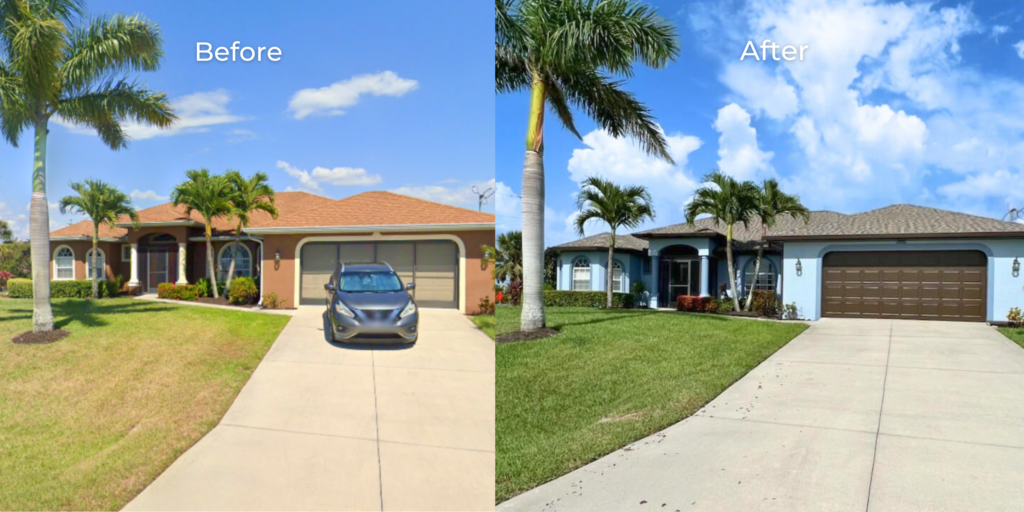When you hear the term “paint finish” bandied about, you may wonder what it means and why it’s significant. We’ll unlock the mystery of paint finishes and assist you in selecting the best painting tools to maximize the performance of each type.
But first, what exactly is a paint finish and how does it differ from one another?
Before we get into the materials, tools, and processes for painting walls, let’s define what we mean by “paint finish.” Finishes are defined by the texture of the paint after it has dried as well as the amount of light that reflects off the wall. They can be flat and velvety, or shiny and smooth, depending on the application.

How to Get a Perfect Finish?
Standing in the paint store, unsure of which color to choose, have you ever felt this way? This is where knowing all of your options come in handy. There are a total of five paint options to choose from. These are the names of them:
Eggshell:- Eggshell has a look that is similar to that of an eggshell. Despite the fact that this is a low-gloss finish, it is more reflective than flat paint
Paint that is flat or matte minimizes the quantity of light reflected from the surface of the paint, making it less reflective.
Gloss is a rare choice for interior walls, despite its high level of reflectivity. Eggshell and flat finishes don’t reflect as much light as satin. Surfaces appear slightly shiny with semigloss, which is the next step higher in the reflecting spectrum.
Make sure you pick the ideal paint finish for your room:-
Due to the unique features of each finish, it is critical to match it to the appropriate surface. The following is a summary of how to select the appropriate finish for your area.
While the flat texture conceals dings and uneven places in the walls, its lack of gloss makes cleaning more difficult. This surface layer is ideal for use in living rooms, dining rooms, and other spaces with less traffic.
Eggshell is easier to clean and more durable than flat because of its slightly greater shine. Although it retains a low-gloss shine, it is porous to moisture, so avoid using it in bathrooms and kitchens.
Satin is the most frequently chosen finish since it not only smooths out wall defects, but it is also easier to clean than less lustrous finishes.
Semi-gloss is best suited for high-humidity areas such as bathrooms and kitchens due to its resistance to moisture. Due to the extreme reflectivity, you will notice every flaw in the wall, so begin with a perfectly smooth surface.
Gloss paint is the most frequently used type of paint on cabinets, molding, and doors. It’s incredibly durable and easy to clean, with an oil-paint-like gloss. While some designers utilize it to create the illusion of a mirror, it requires a high-maintenance, professional paint job to obtain the desired effect.

The Right Tools for the Job
A roller is the best tool for most types of paint. Low-nap paint rollers make flat, eggshell, and satin finishes look their best when they are applied. This makes the paint look smooth and uniform on the surface.
Using a foam roller for big areas and a paintbrush for cabinet doors and trim when using glossier colors is the best way to do it. To get the best results, start with a smooth, even surface that has been carefully mended and sanded.
Another thing to keep in mind is that if you are painting over another finish, you can make the surface shinier but not less. You must first prepare and prime the surface you want to paint flat over. Otherwise, the paint will chip and break. The glossier paint will stick very well to the flat paint you’re painting over.
Do you have any more questions about how paint finishes work? Our painting service can help you find an inside-home painter in your area. They are willing to help.

